Thomas Eppenberger
Dynamic-Aware Autonomous Exploration in Populated Environments
Apr 06, 2021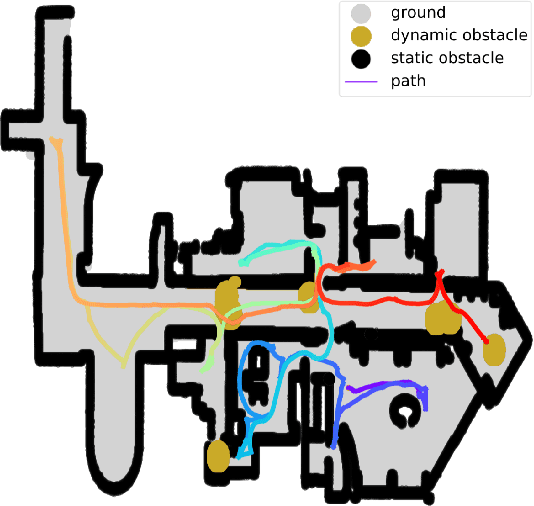

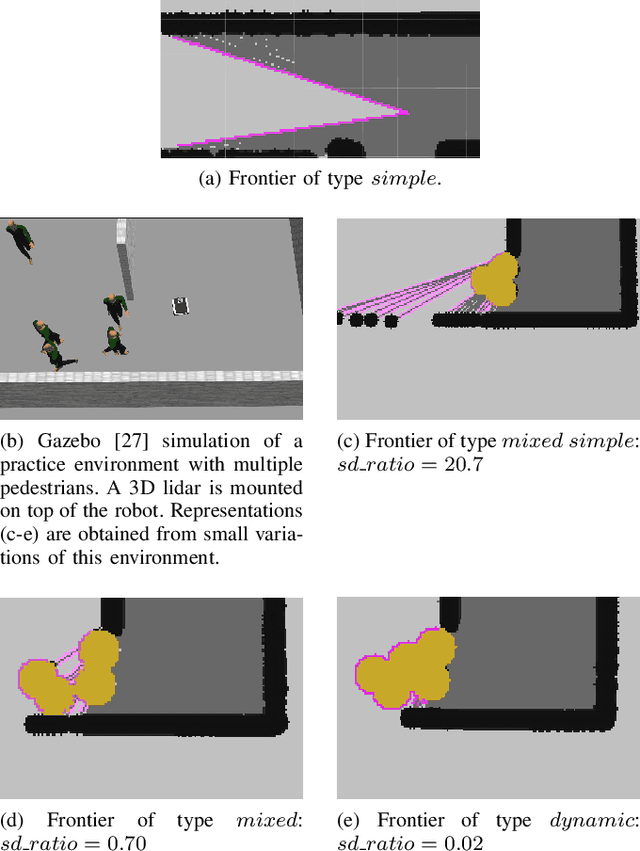
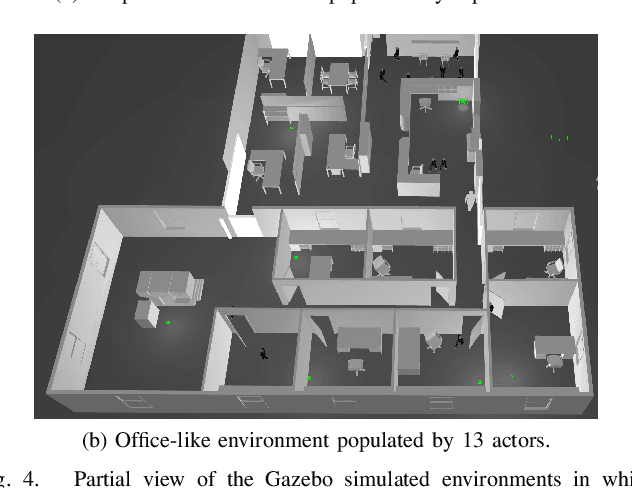
Abstract:Autonomous exploration allows mobile robots to navigate in initially unknown territories in order to build complete representations of the environments. In many real-life applications, environments often contain dynamic obstacles which can compromise the exploration process by temporarily blocking passages, narrow paths, exits or entrances to other areas yet to be explored. In this work, we formulate a novel exploration strategy capable of explicitly handling dynamic obstacles, thus leading to complete and reliable exploration outcomes in populated environments. We introduce the concept of dynamic frontiers to represent unknown regions at the boundaries with dynamic obstacles together with a cost function which allows the robot to make informed decisions about when to revisit such frontiers. We evaluate the proposed strategy in challenging simulated environments and show that it outperforms a state-of-the-art baseline in these populated scenarios.
Leveraging Stereo-Camera Data for Real-Time Dynamic Obstacle Detection and Tracking
Jul 21, 2020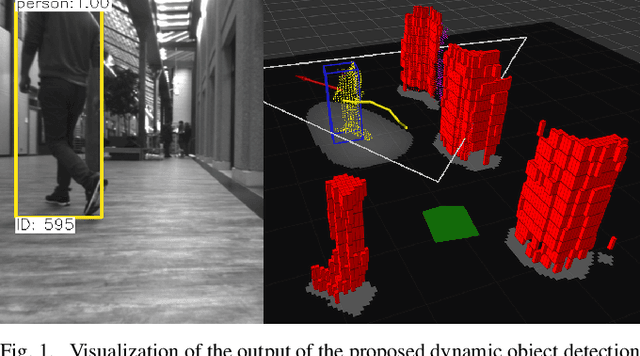
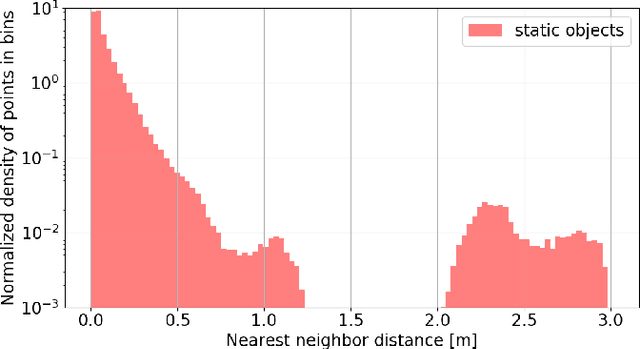


Abstract:Dynamic obstacle avoidance is one crucial component for compliant navigation in crowded environments. In this paper we present a system for accurate and reliable detection and tracking of dynamic objects using noisy point cloud data generated by stereo cameras. Our solution is real-time capable and specifically designed for the deployment on computationally-constrained unmanned ground vehicles. The proposed approach identifies individual objects in the robot's surroundings and classifies them as either static or dynamic. The dynamic objects are labeled as either a person or a generic dynamic object. We then estimate their velocities to generate a 2D occupancy grid that is suitable for performing obstacle avoidance. We evaluate the system in indoor and outdoor scenarios and achieve real-time performance on a consumer-grade computer. On our test-dataset, we reach a MOTP of $0.07 \pm 0.07m$, and a MOTA of $85.3\%$ for the detection and tracking of dynamic objects. We reach a precision of $96.9\%$ for the detection of static objects.
 Add to Chrome
Add to Chrome Add to Firefox
Add to Firefox Add to Edge
Add to Edge